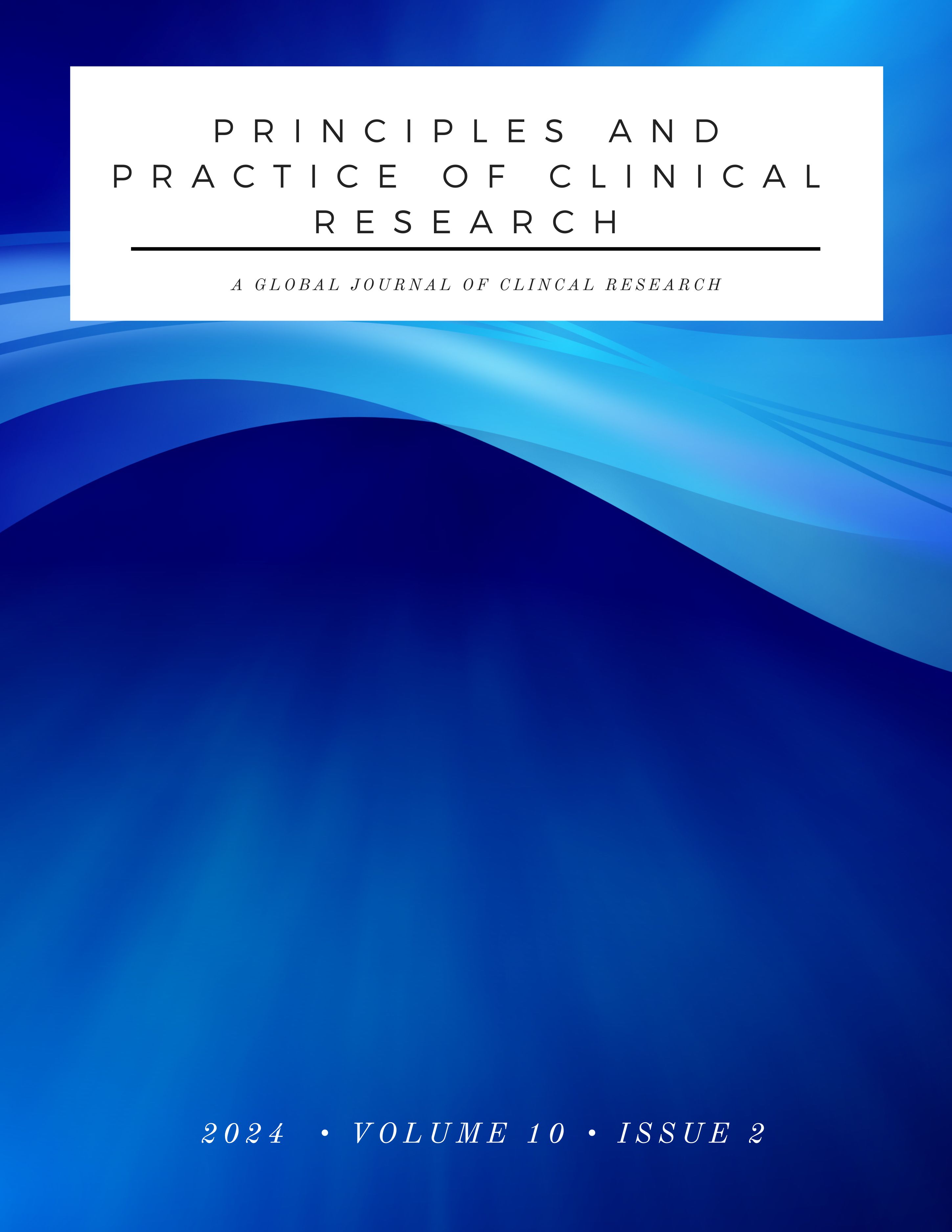A Systematic Review of Existing Data on Statin Use and New-Onset Type 2 Diabetes: The Need for Clear Answers
Main Article Content
Abstract
Background: The relationship between statins use and the development of new-onset type 2 diabetes mellitus (NOT2DM)
has been a subject of ongoing debate and investigation. In February 2012, the Food and Drug Administration (FDA)
disclosed that statin use could lead to a modest rise in glycosylated hemoglobin (HbA1c) and fasting blood glucose (FBG),
potentially contributing to the development of diabetes. We systematically reviewed the available evidence and summarized
the impact of statin use on NOT2DM.
Aim: This systematic review aims to examine and provide a comprehensive overview of existing data relating to statin
use and their association with the development of new-onset type 2 diabetes (NOT2DM). The primary objectives were
to assess and explore: (1) the potential association between statin use and the development of new-onset diabetes; (2) the
magnitude, extent, and incidence of new-onset diabetes due to statin use. The secondary objective was to explore the
underlying mechanisms.
Data Sources: PubMed, Scopus, Science Direct, Wiley, and Google Scholar and databases between January 2012 and
February 2021.
Data Extraction: The 2 reviewers Musa Basheer Mansour and Sara Elsheikh Ahmedana [MBM and SEA] independently
assessed the qualities of the extracted studies and summarized data of the selected studies in tabulated forms for outcomes of
interest and performed methodological and quality assessments based on review questions, citations, country of the study,
aim, population characteristics, design, setting, sample size, sample technique, data source, measures, analysis, confounder
variable and key observations for systematic review. We applied search keywords such as Statins, New-onset diabetes,
Diabetes mellitus, Underlying mechanism, and incidents of diabetes.
Results: A total of 66 studies were identified through database searches in the initial search, and 7 studies were included in
this review. Of the 2,567,888 adult patients, 861,925 were nondiabetic patients on statin use, and 1,705,963 were diabetic
on statin or non-statin users. We considered Hazard Ratios (HR), Odds Ratios (OR), and Confidence Intervals (CI) of each
study for further analysis. The mean OR for three studies showed that each statin therapy resulted in a 68% increased
risk of NOT2DM (OR, 1.683; 95% CI: 1.273-2.237). The significant relationship between statin use and the rising risk of
NOT2DM was also confirmed by an average HR of 1.53 (95% CI: 1.2-1.7) for the remaining four studies. Recent and
short-term use of statins, as well as time- and dose-dependent connections, were linked to an increased risk of NOT2DM in
statin users compared to non-users. These risks were more prominent among older adults, normotensive males, hypertensive
females, and individuals with low physical activity. Although no proven mechanisms were found, the possible processes are
discussed.
Conclusion: The systematic review found a significant level of risk of NOT2DM associated with statin use. The authors
argued that the short-term diabetes risk caused by statin treatment was more prevalent among patients exposed to risk
factors for diabetes. Although the precise mechanisms behind this association remain unclear, this research provides clinical
practice with evidence-based guidelines. Additionally, conducting future research may be appropriate based on the gaps in
knowledge identified from the results of this review.

